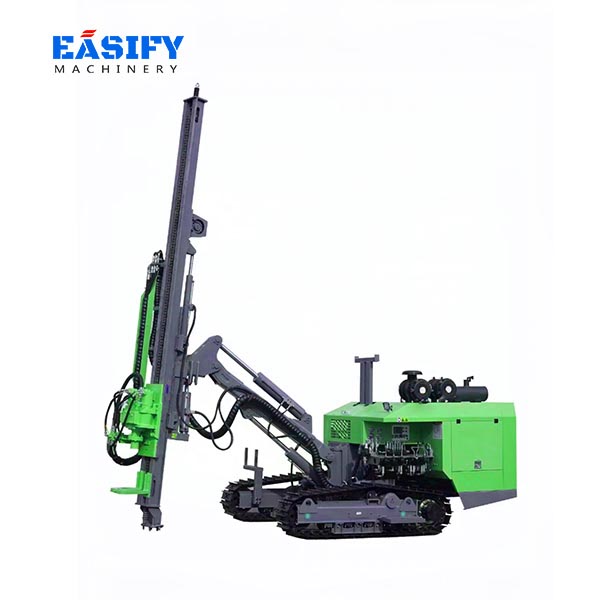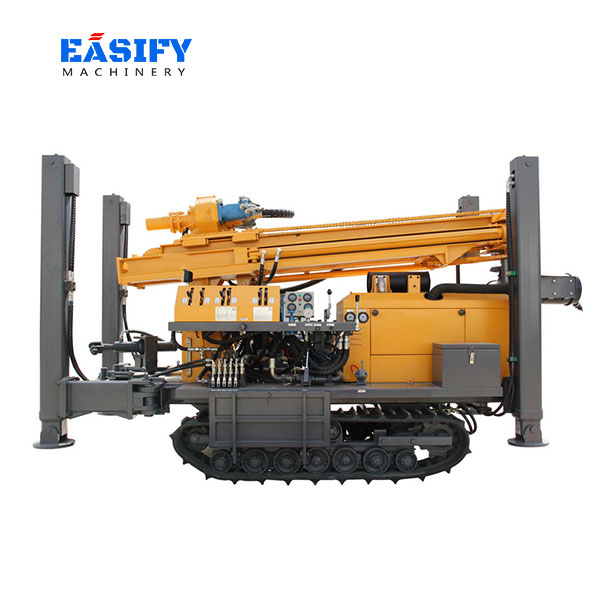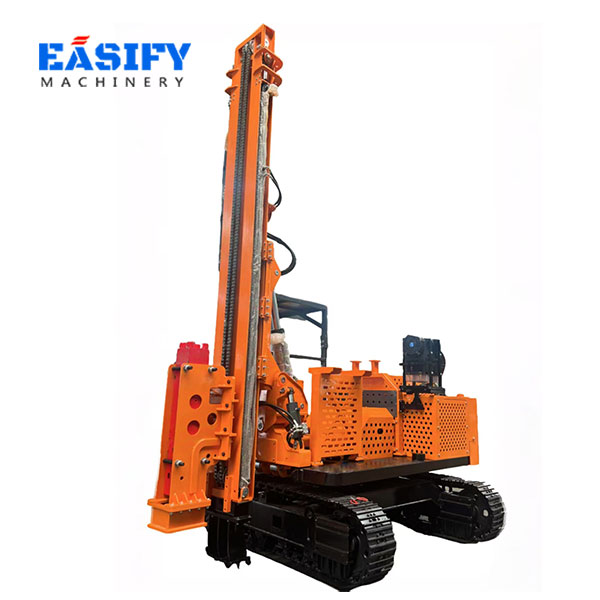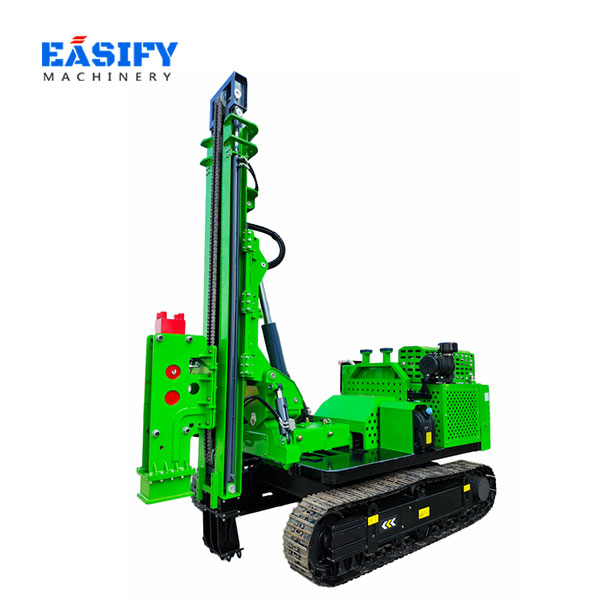Table of Contents
ToggleIn the mining, geotechnical, and construction industries, core drilling is essential for extracting rock samples and studying subsurface conditions. Among the various types of drilling equipment, the hydraulic core drilling rig stands out for its high efficiency, power, and precision. This article explores the benefits, features, applications, and buying considerations of hydraulic core drilling rigs, helping businesses make informed decisions.
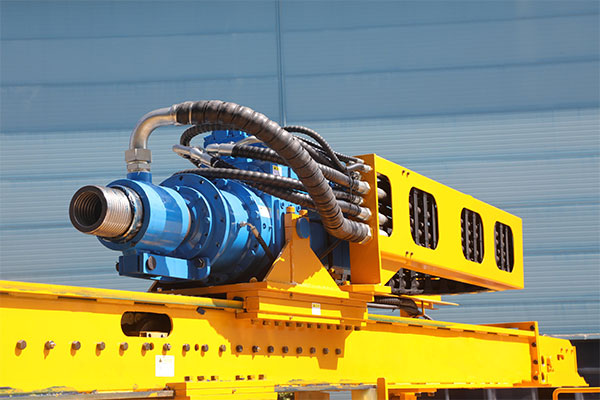
What is a Hydraulic Core Drilling Rig?
A hydraulic core drilling rig is a type of drilling equipment that uses hydraulic power to drive a drill bit into the ground to extract cylindrical rock samples (cores). Unlike mechanical or pneumatic rigs, hydraulic rigs offer superior control, torque, and stability, especially when operating in challenging terrain or hard rock formations.
Key Components
- Hydraulic Power System: Delivers energy to the rotary head and feed system.
- Rotary Head: Rotates the drill rod and bit to cut through rock or soil.
- Feed System: Controls the downward pressure and speed of drilling.
- Drill Rods and Core Barrel: Collect cylindrical core samples for analysis.
- Drill Bit: Diamond-tipped or carbide-tipped for enhanced cutting performance.
Key Features of Hydraulic Core Drilling Rigs
1. High Drilling Efficiency
Hydraulic rigs provide powerful and consistent force, enabling faster penetration into various rock types. This results in higher productivity, especially in deep-hole drilling projects.
2. Precision Core Recovery
With adjustable drilling speed and torque, hydraulic rigs deliver clean, undisturbed core samples that are ideal for geological analysis.
3. Durability and Stability
These rigs are built to withstand extreme conditions, with robust steel frames and advanced hydraulic systems that reduce wear and tear.
4. Safety and Control
Hydraulic rigs offer better control over the drilling process, reducing the risk of accidents and improving operator safety. Features like automatic feed, pressure indicators, and overload protection enhance the user experience.
5. Versatile Applications
These rigs can be used with a variety of drill bits and rods to suit different drilling environments and depths, typically ranging from shallow sampling to deep-core drilling beyond 1000 meters.
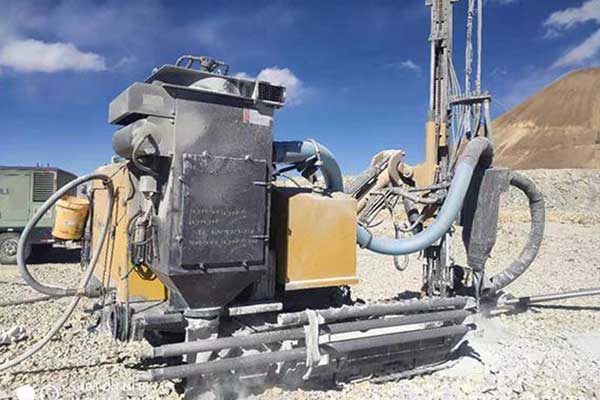
Applications of Hydraulic Core Drilling Rigs
Hydraulic core drilling rigs are widely used in:
- Mineral Exploration: Collecting rock cores to identify mineral deposits.
- Geotechnical Investigation: Assessing soil and rock conditions for infrastructure projects.
- Hydrogeology Studies: Exploring groundwater resources.
- Oil and Gas Exploration: Taking core samples in sedimentary basins.
- Scientific Research: Extracting samples for geological or environmental studies.
How to Choose the Right Hydraulic Core Drilling Rig
When selecting a hydraulic core drill rig, consider the following factors:
- Depth and Diameter Requirements: Choose a rig that can reach the required core depth and diameter.
- Terrain and Mobility: Select a track-mounted or portable model for remote or uneven locations.
- Core Material: Consider the hardness of the rock or soil you’ll be drilling through.
- Budget and Support: Factor in the total cost of ownership, including maintenance and spare parts availability.
Final Thoughts
Hydraulic core drilling rigs are indispensable for industries that require accurate and efficient subsurface exploration. With powerful performance, adaptability, and low operational costs, they offer an excellent return on investment.
Frequently Asked Questions (FAQs)
It varies by model, but most mid-range rigs can reach 100–1,000 meters.
Yes. With the right drill bit and settings, hydraulic rigs are effective in both soft and hard formations.
Prices range from $10,000 to over $100,000 depending on size, power, and configuration.

